British-Nigerian art collector Adeola Arthur Ayoola’s art-collecting journey started off with studio visits, especially during his trips to Lagos, Nigeria. Stemmed from a focus on contemporary Nigerian artists, his collection now covers contemporary artists from Africa and the diaspora. He intends for his collection to be a legacy in the future for his son, who is growing up in the UK — so as to give him a sense of African identity.
Adeola revealed to LARRY’S LIST: which painting in his collection that always triggers conversations when people see it in his place; his views on the Black lived experience; why he started thinking about sharing his collection publicly; his advice to not buy for the hype; his vision for the Nigerian art scene; as well as three emerging Nigerian artists to watch out for.
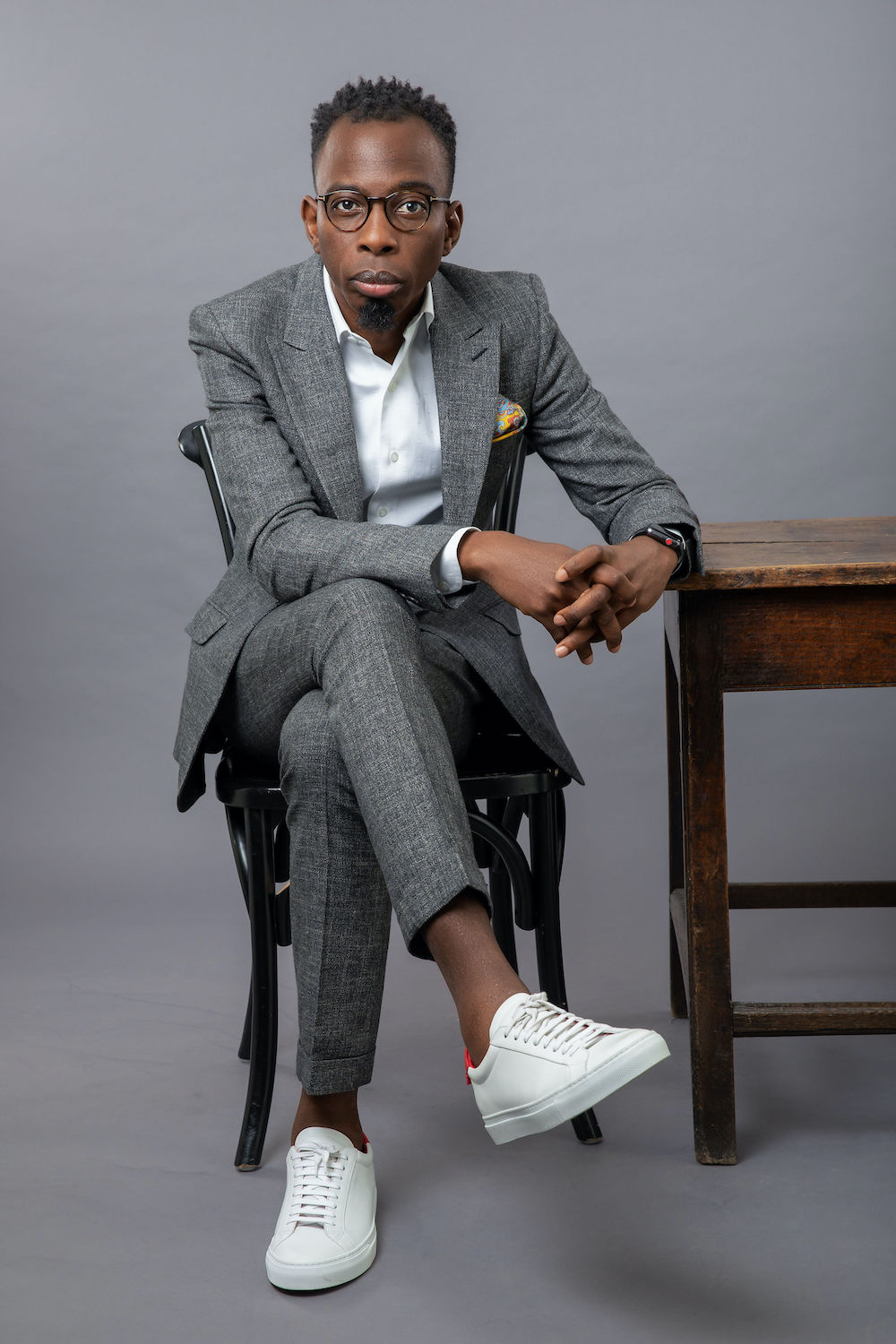
Collecting
What made you want to start collecting art? What is the main motivation behind your collecting?
My entry into collecting was through visiting artists’ studios on my travels to Lagos, Nigeria and experiencing the process of making art – sometimes from the first stroke on the canvas. Engaging with artists this way and understanding the spaces they are navigating in their practice and their personal stories ignited my curiosity in art and led to starting my own collection. When I started actively collecting in 2011, the motivation was simply to support the artists I met and connected with; however, recently my motivation for collecting is informed by own personal journey and experiences, the questions I have about my own identity, the social and cultural spaces that I am navigating in my curatorial projects.
When did you fall in love with a piece of art? What was it?
There are many moments that I have fallen in love with an artwork, not all of them have resulted in me acquiring the work (I wish I had or could have though). There is a painting by the artist Bob-Nosa Uwagboe in my collection that I acquired because I just could not stop thinking about it – it evoked an emotion that I couldn’t get over. The work is titled “Class Mate”, I selected the work to include in an exhibition I curated and later bought the work for my own collection. It is one of the paintings in my collection that always trigger conversations when people see it in my home.
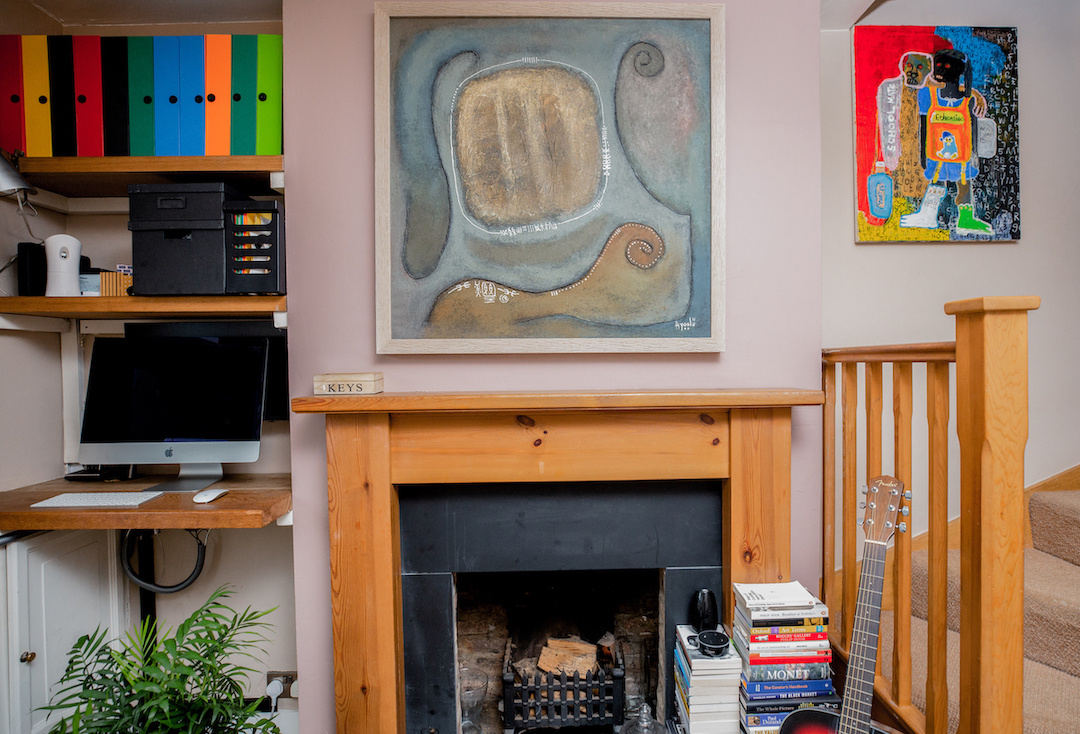
Why do you focus on Nigerian artists in your collection? How important is it for your own identity?
As someone of Nigerian heritage, I understand and can relate better to the context of the works by artists of Nigerian descent either on the continent or in the diaspora. Understanding the context or operating environment of the artist’s practice is important for me to have a sense of agency for their work. Although it wasn’t necessarily an important consideration at the beginning, I collected works by Nigerian artists because those were the artists I knew then. Now I have a broad interest in art by Black artists, but I have a sense of proximity to Nigeria, and that is important for my own identity. I curated a show in 2020 exploring the notion of in-between spaces which stemmed from my own personal reflection on my dual identity as a British-Nigerian, although I straddle both cultures, I am neither one nor the other. In that sense, my identity is performative, I take on one or the other depending on the geographical and cultural space I find myself in. But for my nine-year-old son who considers himself (even at an early age) as fully British, I intend for my collection to be a legacy I can pass on to him at some point in the future, to give him a sense of his African identity.
What is the type of art that has consistently attracted you?
When I started collecting, I didn’t really have a style or type of work, I simply collected whatever I love. Then in 2017, I saw the large-scale abstract works by the African-American artist Mark Bradford at the Venice Biennale, and that marked the start of my intellectual curiosity into abstraction by Black artists. But it wasn’t until later in 2019, when I saw the Frank Bowling retrospective at Tate Britain that I made the conscious decision to explore abstract art in relation to my own collection. As I read broadly about art history, I was drawn more to abstract works by Black artists. Black representation through portraiture and figuration has become central to the representation discourse. It has become a form of political activism to progress Black imagery from the periphery to the centre by countering Black invisibility and exclusion with Black embodiment. However, I think the notion of Black is itself a construct, an abstraction of sort, of the Black lived experience; and abstract art with its focus on form, colour and universality opens opportunities for multivalent of expressions of the Black lived experience. Now, I am interested in artists whose works are renegotiating the boundaries between the visual legacies of figuration and abstraction, blurring the boundaries between both to reframe the Black lived experience.
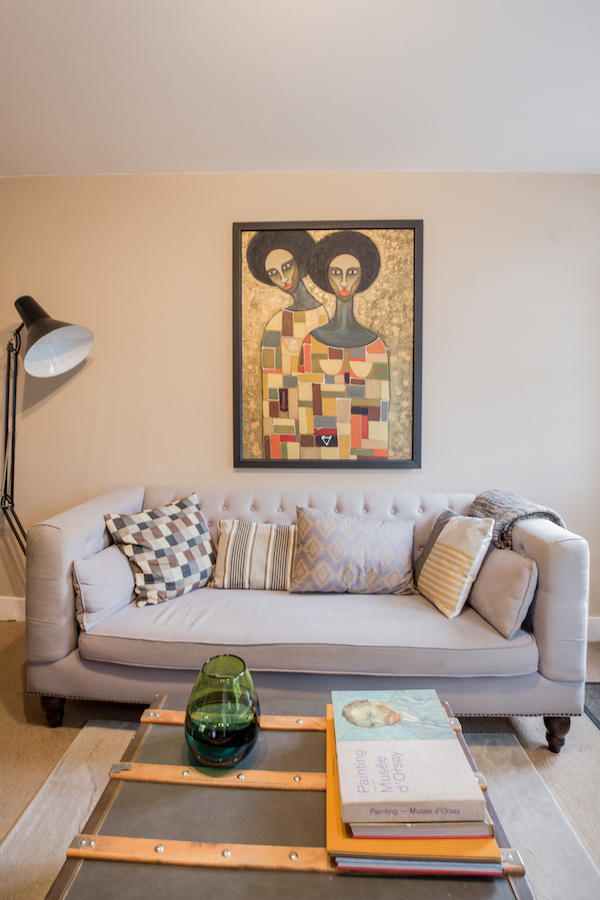
What were the first and the latest artworks you purchased?
My most recent purchase is a painting by US-based Nigerian artist Austin Uzor, titled “Blue pentecost and the story of a forgotten few”. I showed his work in a group exhibition I curated last year, and there was a piece in the show that I really liked which I missed out on, so I decided to acquire a piece from him. I have been following his career for a while now, I first saw his ballpoint drawings in an exhibition in Nigeria. He moved to the United States in 2016, and I have seen the evolution of his practice from realism to abstraction. My first purchase was a limited edition prints of photographs from a photography gallery in London. I bought four limited prints at the time — that was somewhere between 2007 and 2008, but it wasn’t really until 2011 that I started collecting in the true sense, and the first work was a painting by artist Ayoola Gbolahan.
How many artworks do you own? Where do you display your collection?
I am not good at cataloguing my collection, but to date, I have over 25 works — painting, photography, drawing and prints. I live in a very old cottage (built around 1895), so I have very limited space to display my collection. I have a few displayed at home, some are in storage, and I have a few loaned to close family and friends.
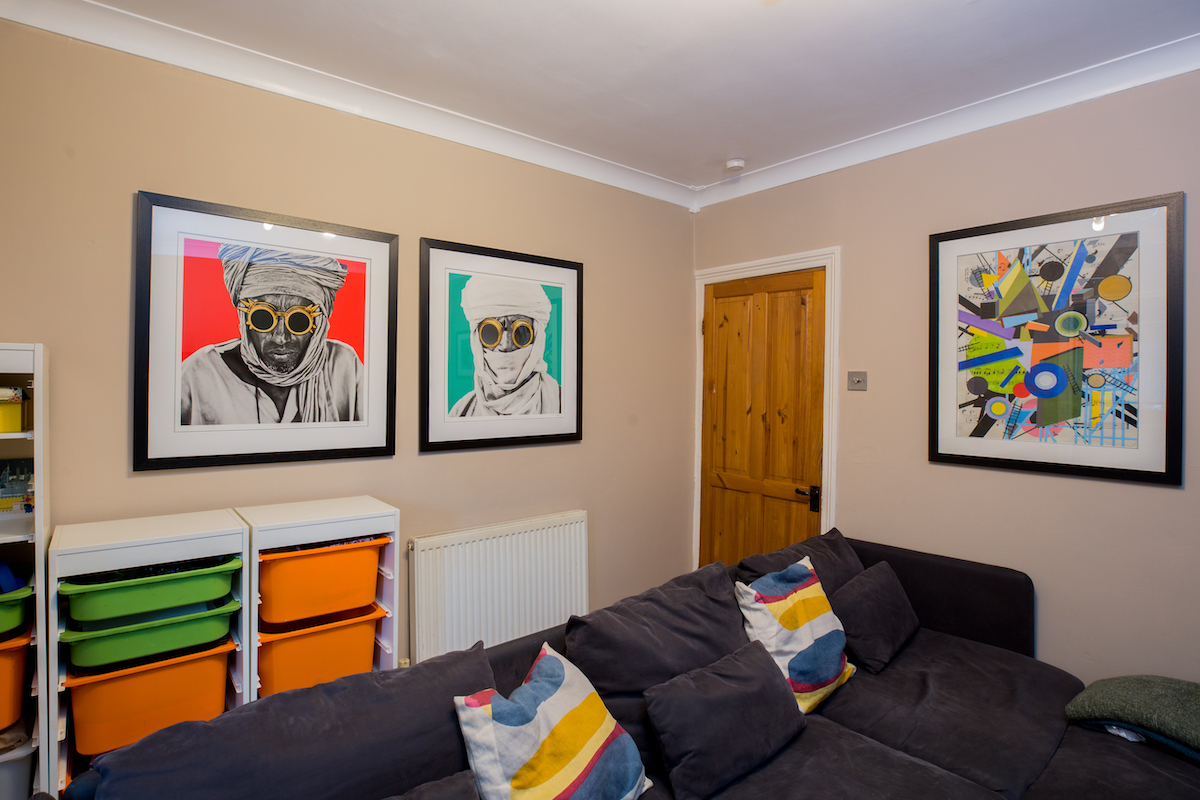
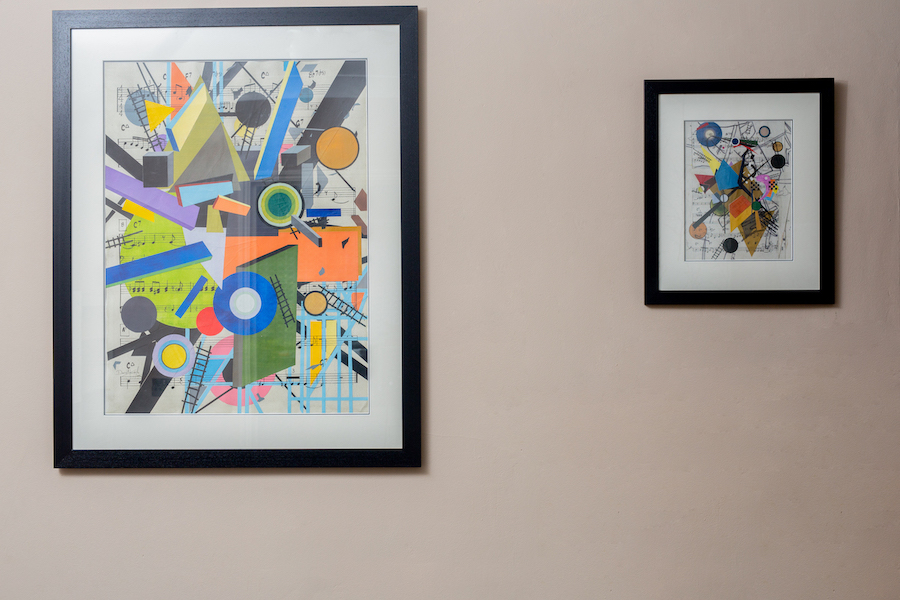
You have curated several exhibitions yourself. How much of your collection have been shown publicly? Why do you want to share your collection with others?
I rarely show works from my collection in my exhibition projects, although I tend to buy works in my exhibition projects for my collection – I think I have bought around 5 works from the shows I have curated. I have recently started thinking about sharing my collection publicly. I am pitching the idea to my brothers who are avid collectors, to consolidate our collections as an expanded private family collection and make it publicly accessible. There are not a lot of private collections of contemporary art by artists of African descent that are publicly accessible, and when we talk about art being a catalyst of change, that is only possible when it is accessible. The idea of having a private museum in the future is something I would consider should I have the means.
What considerations guide you to make a purchase?
For me it is all about the artist. What is the artist saying, and how are they going about their practice? How is their practice informed by research? At a time when there is a lot of interest in Black artists and auction records, there is a lot of speculation in the market, and the focus is more on the economic value of the object while it should be about the producer or creator (artist). Obviously, I would like my collection to grow in value over time, but the potential economic value of art isn’t the key consideration when I am making a purchase; I am more interested in the social and cultural value of the work and how the honesty and integrity of the artist is reflected in their work.
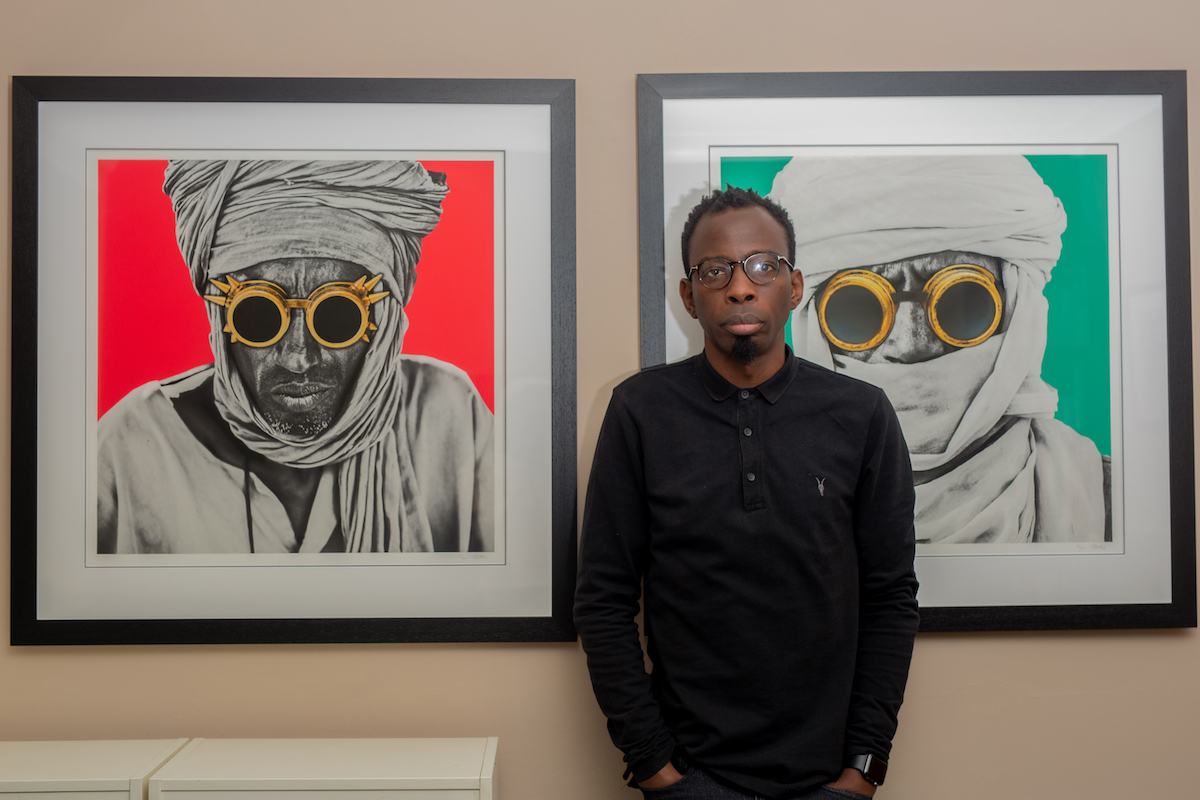
How important is it for you to meet the artists who created the artwork?
Going directly to artists’ studios was how I got into collecting, and I still make most of my purchases directly from artists. For me, knowing the artists, their story, and the space they are navigating is paramount.
How do you discover more Nigerian artists?
Instagram has become the tool of discovery for me. I scan through on a regular basis to discover artists and exhibitions to see. Prior to COVID, I tend to see a lot of exhibitions in London by galleries focused on artists of African descent. I also have a network of other collectors, and we regularly discuss new findings and whom to watch out for.
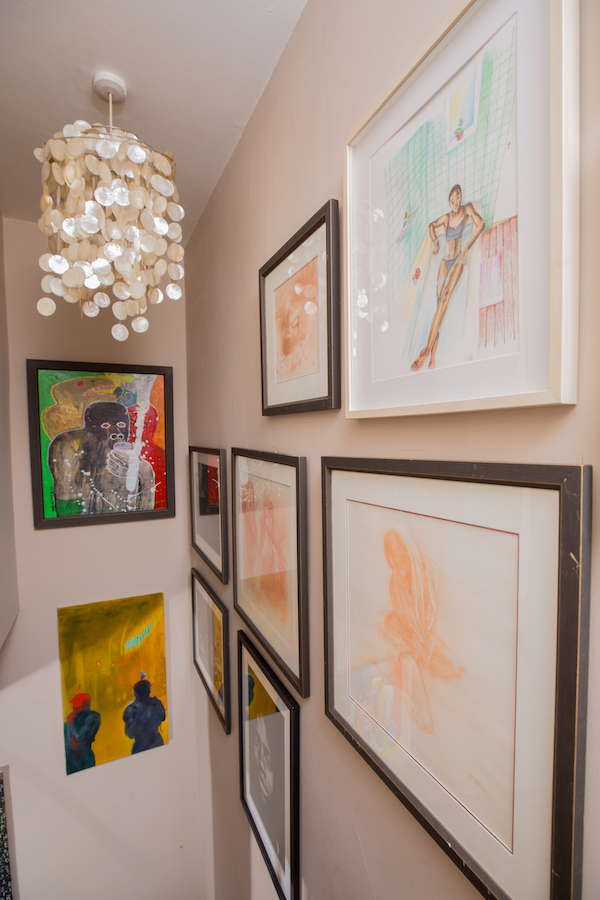
The Art World
What was your happiest moment being involved in art?
Curating my first exhibition project is probably the happiest moment in my art journey. I was very anxious about the project and the outcomes I had set to achieve, but it turned out to be a fantastic learning experience not just from a curatorial perspective; it also helped broadly with my art education. And it was very satisfying to see some of the artists I collaborated with in the project doing very well now: Dennis Osadebe, Bob-Nosa Uwagboe, Ayoola Gbolahan and Ayobola Kekere-Ekun.
Who inspires you the most in the art world?
Different people inspire the different aspects of my art undertaking – from a curatorial perspective, I read every book and essay I could find by Hans Ulrich Obrist and Thelma Golden when I was starting out. Then, I saw the “Soul of a Nation” show at Tate Modern co-curated by Zoe Whitely. As a collector, I am inspired by Swizz Beat and what he has done for Black artists through his Dean Collection. In my art advisory practice, I am inspired by Gardy St. Fleur and his approach to working with artists directly and putting artists first on the agenda.
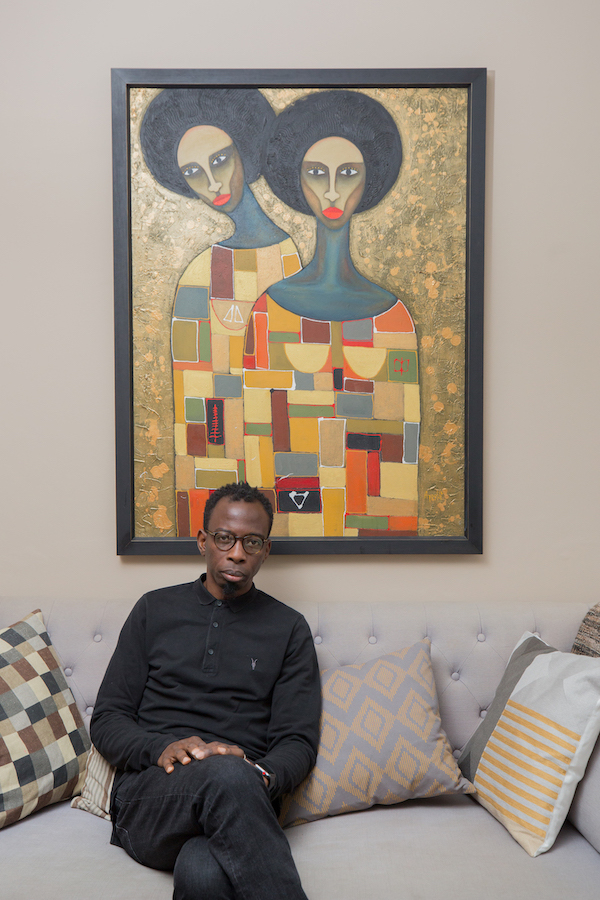
The art scene in Nigeria
What is your advice to collectors who are interested in Nigerian or African artists?
Collecting art by emerging artists of Nigerian or African descent is not different from collecting art by emerging European or American artists. The key is to educate yourself about the artists and their practice. Familiarize yourself with the artist’s work, assess if it is a fit for your own personal taste, objectives, or preferences. If you are interested in an artist, get to know the artist – this is where curators, art advisers, and galleries are essential resource to learn more about the artist. I would also say understand the market, don’t buy for the hype.
How is the art scene in Nigeria now? What are your visions for it?
Although I am based in the UK, I follow the Nigerian art scene quite closely. Compared to between 2010 and 2012 when I started collecting, the Lagos art scene has evolved. Back then, there were only a handful places to see works by emerging artists, but now, you have quite some galleries and project spaces, biennials and an art fair (Art X Lagos). There is a lot of focus now on contemporary art by Black artists (including artists of African descent) from collectors in the West, which is great; however, it is important for the long-term sustainability of the wider ecosystem on the continent to deepen the collector base locally in hubs like Lagos, Accra, Nairobi, Dakar, to mention a few.
Can you name three emerging Nigerian artists who should be on our radar?
There are quite a few that I am currently collaborating with through my curatorial platform and recently acquired their works for my own collection, three of those are: Ekene Emeka-Maduka, Austin Uzor, and Chukwudubem Ukaigwe.
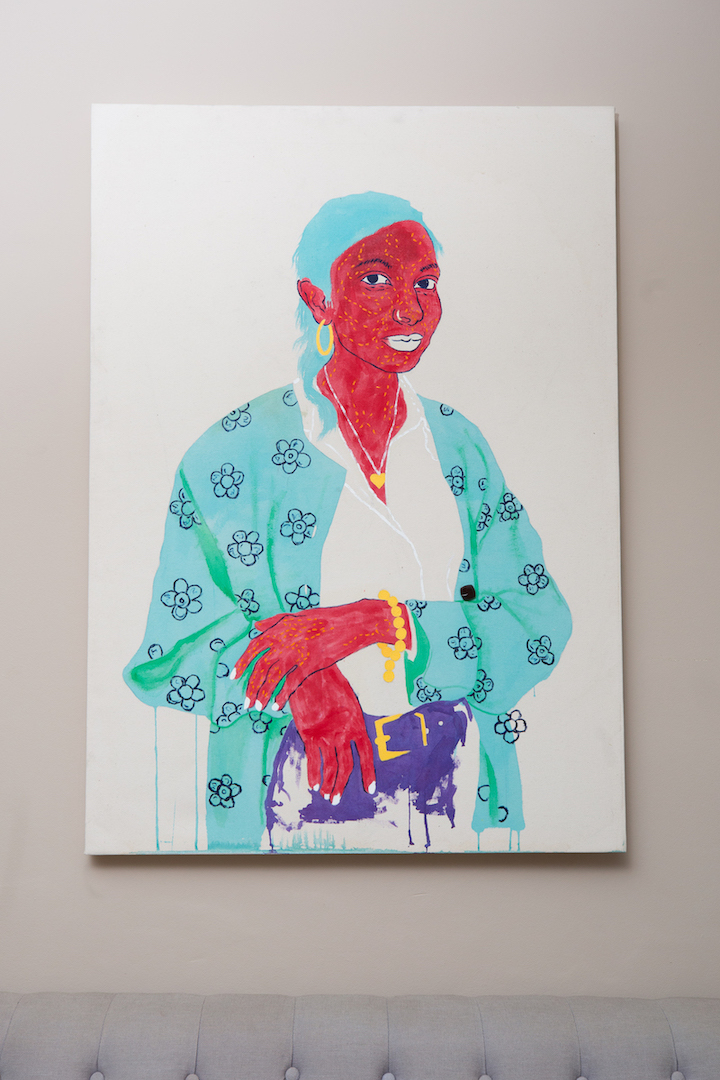
Instagram: @adeola_arthur_ayoola
A selection of artists Adeola collects:
Austin Uzor
Ayoola Gbolahan
Bob Nosa Uwagboe
Ekene Emeka-Maduka
WIlliams Chechet
By Ricko Leung





